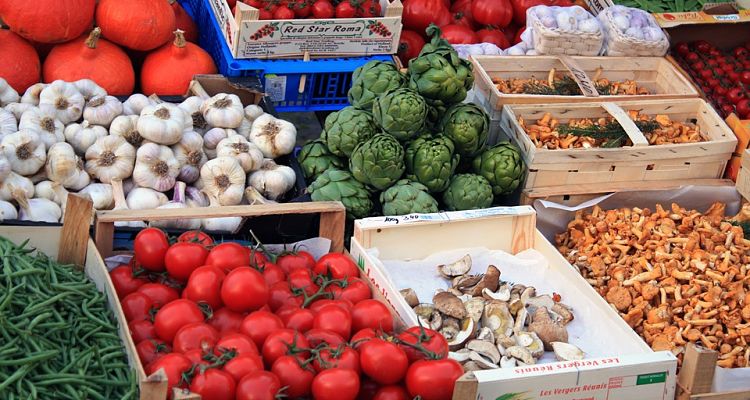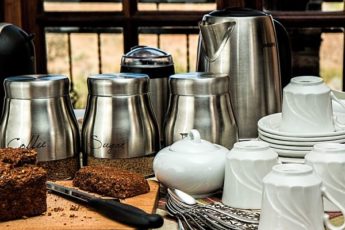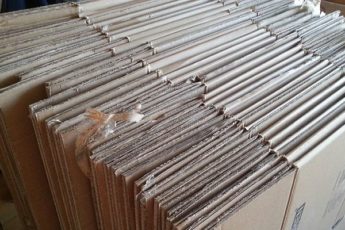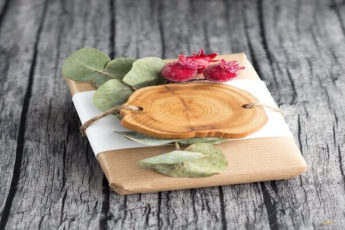
Finally, your move is over and you have successfully unpacked 100 moving boxes.
Now what? What do you do with all the empty boxes that are scattered all over your home? Do you recycle them, throw them out, or reuse them?
Moving Box Delivery Inc recommends either recycling or reusing your cartons. This benefits our environment and helps prevent the negative effects that come from having excess cardboard in our landfills.
The great news is if you are a gardener, there are some really fun ways to reuse your boxes at little to no cost. Upon reflection, cardboard is really a type of paper that comes from a natural substance. It will decompose naturally and release carbon into the soil. But using cardboard for garden upcycling has many additional advantages. It has several uses, including planters, the beginning of a garden path, mulching already-made beds, creating new beds, and more.
Learn 8 Ways To Reuse Cardboard Boxes in Your Garden
1. Eliminate Weeds In Your Garden
Did you know that cardboard can actually help prevent weeds from resurfacing? This is an organic gardening trick that has been used successfully for decades.
1. All you have to do is lay the cardboard right on top of your weeds. (Do make sure that all the packing tape has been removed.)
2. Place 2-3 inches of bark on top of the cardboard. That is it!
Since your weeds will not have sunlight to grow properly, your garden will require less maintenance and you will notice that your weeds do not grow back!
2. Create a Better Soil by Mulching:
If you put cardboard in your garden and cover it with quality soil, the box material will decompose and create richer, more nutrient-rich soil than you had before.
Depending on what area you live in, (rain, moisture, sun etc) this mulching process can take anywhere from 4-12 months for the boxes to disappear and to fully enrich the soil.
Cardboard will also kill the grass and make it easier to prepare a new bed for flowers, vegetables, or whatever else you wish to grow.
3. Use Your Boxes to Store Weeds:
While you are weeding, use your moving boxes to put your weeds into and then dump them into your compost with the box itself!
Cardboard boxes are a wonderful way to transport weeds without costing you a dime!
4. Cardboard Box Gardening:
Instead of spending a lot of money buying pots, you can easily reuse your moving boxes to create a fantastic garden.
The cardboard gardening approach is ideal for the plants such as herbs that you use for cooking.
5. Grow Mushrooms in Your Boxes:
At a company called “Mushroom Adventures” you can easily grow mushrooms using your moving boxes. Typically in 2-4 weeks, you will see fabulous mushrooms growing from the same boxes you moved with. What could be better than that?
6. Grow Sprouts:
Order sprouts from a seed supplier and plants them in your boxes. Remember to have enough sunlight for your sprouts to grow with the maximum level of nutrition.
7. Grow Vegetables:
If you live in an apartment and have a deck, you too can grow vegetables such as carrots, tomatoes, and broccoli in cardboard containers. Since they are being grown in a box which helps to retain moisture, they will need less watering and are easier to maintain.
NOTE: To decide which vegetable to grow, be sure to check which ones thrive in the area you live in.
8. Make a Composter:
Why buy soil at the store when you can make your own nutrient-rich soil using your cardboard boxes?
Simply dig a hole in your compost area, put the cardboard boxes down and layer them with weeds, leaves, clippings and even coffee grinds.
VOILA, you have a compost started and have successfully found a good use for your old moving boxes!
Tips On How To Grow Plants in a Cardboard Box:
If you are growing anything in a box, simply line the bottom of the box with plastic and make sure you have a few holes to help drain the water. Add good quality soil and compost and plant anything that you want. It is that easy!





Philadelphia Movers has been based on the philosophy that all customers deserve high quality moving services at reasonable costs using the best movers.
I really appreciate what you post. You have a new subscriber now.
Thank you for the great tips guys, I called (956) 361-9898 but no one picked up, so I decided to check over the internet for some useful info, great article!
WOW great tips, time to make good use out of are used boxes
I’m going to try some of the above mentioned ideas. I’ll be back to let you know how that works out.
Another great way to reuse cardboard boxes is to donate them on BoxGiver.